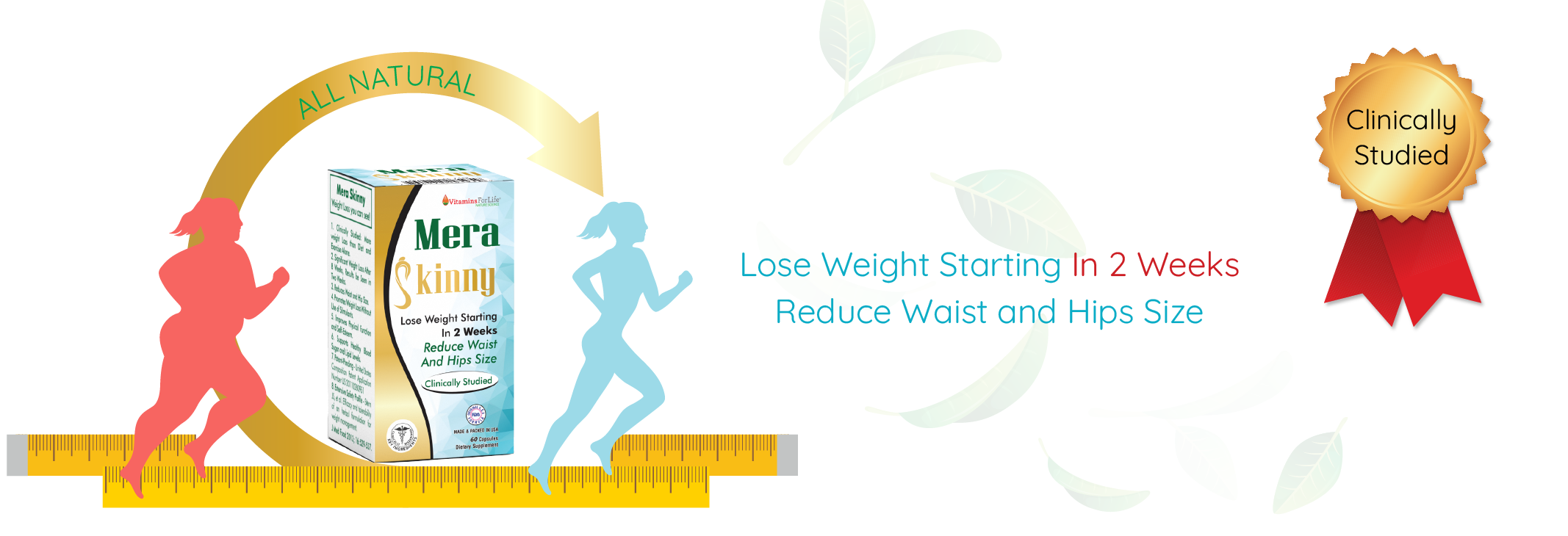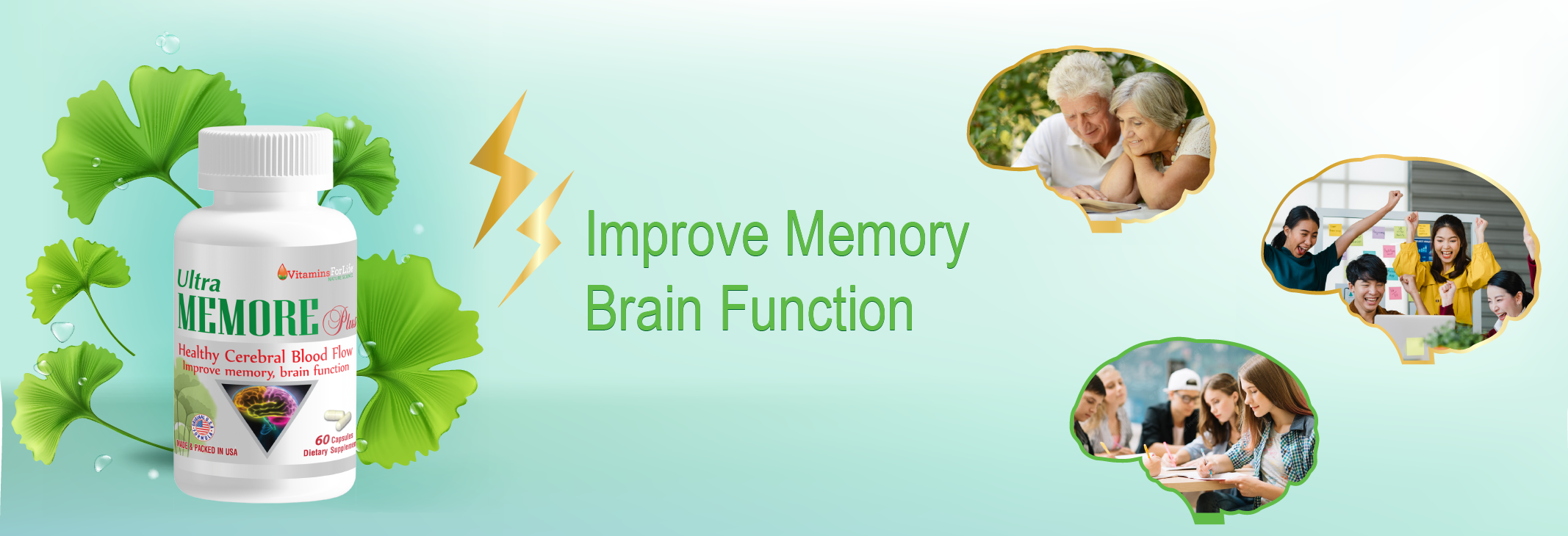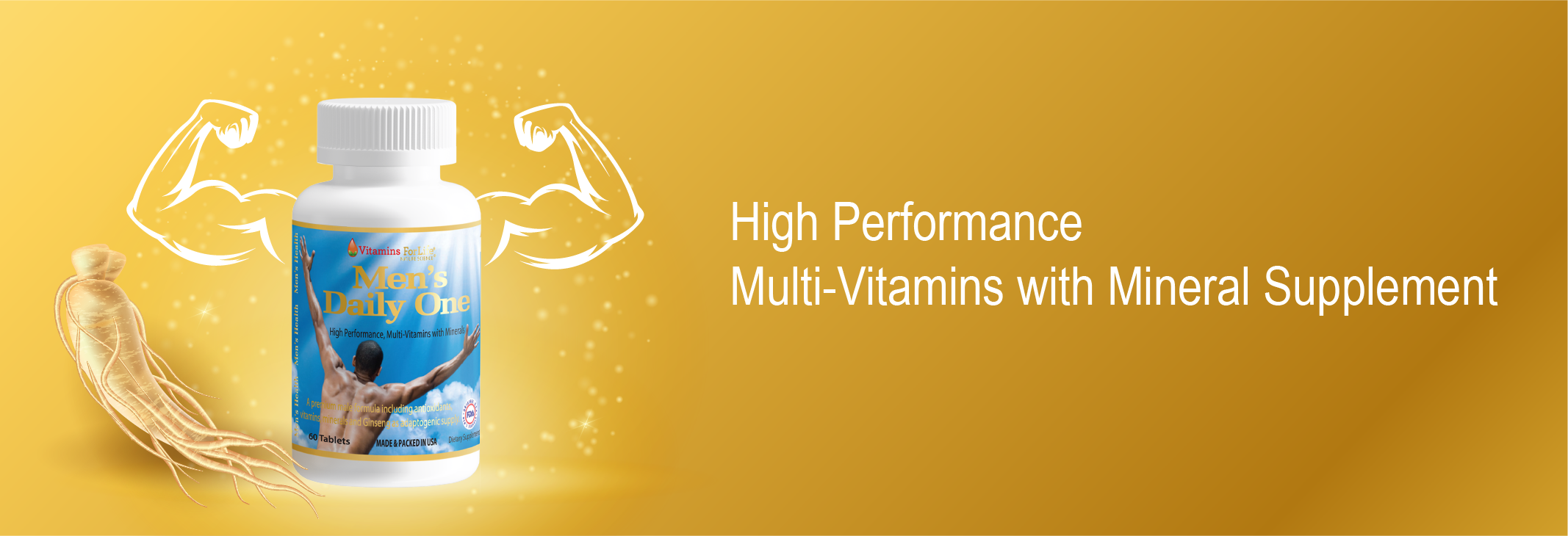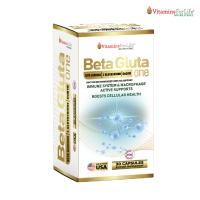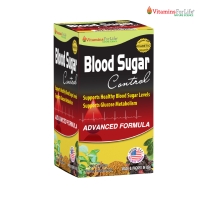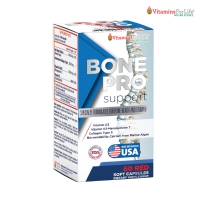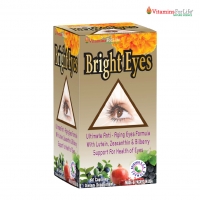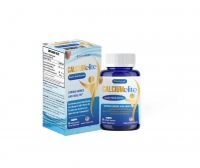Written By : Lisa James | - March 2012
Vitamins A, D, E and K operate in the fatty parts of your cells—and that’s a good thing.
No one would argue against describing the human body as a strikingly complex piece of biomechanical engineering. But for all its intricacy, the substances of which the body is composed fall into two basic categories: fat, known in biological terms as lipid, and water.
This split extends to vitamins, which are either fat-soluble or water-soluble. “It’s like Italian dressing; if you let it sit, the oil and vinegar don’t mix. Those different sets of physical properties correspond to different chemistries,” says Gerald Combs, Jr., PhD, director of the Grand Forks Human Nutrition Research Center in Grand Forks, North Dakota.
There are good reasons for some vitamins—A, D, E and K—to be soluble in fat. The fatty parts of each cell need protection against harmful molecules called free radicals; fat-based vitamins, by acting as antioxidants, help provide such protection. In addition, “your brain is made of fat. In order to get a nutrient into the brain it helps if the nutrient is fat-soluble,” says Pamela Wartian Smith, MD, MPH, director of the Center for Healthy Living headquartered in Ann Arbor, Michigan, and author of What You Must Know About Vitamins, Minerals, Herbs & More (SquareOne Publishers).
While eating a varied diet provides vitamins, fat-soluble and otherwise, sound eating may not be enough to provide optimal levels. “People always ask me whether or not they need a multivitamin. Because of what we face in today’s world—poor diet, medication usage, pervasive electronics—I would say they do,” says Smith, who co-directs the master’s course in metabolic medicine at the University of South Florida College of Medicine. Individual vitamins are also available in supplemental form; see a practitioner to design a supplementation program best suited to your needs, especially if you are currently taking prescription medication.
Fat-soluble vitamins should be taken with fatty foods. Combs says the body breaks fat down into micelles, microscopic spheres that carry these vitamins into the bloodstream. “If you have poor pancreatic or liver function, that’s going to interfere with micelle formation,” he notes.
A: Supporting Sight and Skin
Vitamin A first came to scientific attention as the substance that helps prevent night blindness, an inability to see after dark. But subsequent research has found this vitamin to play numerous roles in maintaining health, including mucous membrane support, immune system function, fetal development and gene regulation. In one study, low levels of vitamin A (and C) were linked to higher asthma risk (Thorax 7/09).
A is also a skin nutrient. Low intake levels result in dryness; applied externally, vitamin A helps control acne and reduce the appearance of lines and wrinkles.
The type of vitamin A used by the body, known as preformed A or retinol, is found in such animal foods as liver, milk and eggs. In addition, the body can create vitamin A from beta-carotene, a nutrient found in vegetables and fruits.
Malnourishment causes vitamin A deficiency among children in many parts of the world; a recent British Medical Journal study supports supplementation for all youngsters in low- and middle-income countries.
In the US, poor diet is a primary factor in low A levels. “People don’t eat enough yellow vegetables,” says Smith. Carrots are the best-known source of beta-carotene; others include sweet potatoes and winter squash in addition to leafy greens.
D: All-Around Protection
For years, vitamin D was known as the nutrient that helped prevent rickets, a bone-softening disorder most often seen in children. And while scientists now understand that D is crucial for bone health at all ages, recent studies have shown this nutrient to benefit almost every system in the body. Combs says, “We find vitamin D receptors in every type of tissue, so this is a leading edge of research.”
Smith agrees. “Vitamin D deficiency increases the risk of breast, colon and prostate cancer, Parkinson’s disease, MS, diabetes, high blood pressure, heart disease, epilepsy, migraine, back pain and polycystic ovarian syndrome,” she says.
Vitamin D appears to foster graceful aging. In one study, supplemental D improved muscle function among older women; in another study, it reduced the risk of falling (Journal of the American Geriatrics Society 11/10, 7/10). Vitamin D may also reduce aging’s effects on eyesight and improve rehabilitation results in people with chronic obstructive pulmonary disease, a disorder that often affects older people.
Vitamin D is found in eggs, fatty fish and milk. However, the most important source is sunlight, the ultraviolet (UV) rays of which trigger D production in exposed skin. That means the climate you live in helps determine how much vitamin D your body produces. “In temperate latitudes D levels drop in the winter and go up in summer,” says Combs. Even warmer weather isn’t a guarantee of adequate D. Comb’s lab put the skin’s D-creating substance in vials outside in early morning and late afternoon during the summertime in North Dakota and “got no vitamin D production.” The use of sunscreen as a defense against skin cancer cuts D levels even further.
Indoor living also leads to suboptimal D levels. Window glass filters UV and fluorescent lights produce minimal amounts.
As a result, the National Institutes of Health says, “In some groups, dietary supplements might be required to meet the daily need for vitamin D.” Many researchers would extend that recommendation to much of the population, given the prevalence of low vitamin D levels. “Even people who take most multivitamins don’t get enough D,” notes Combs.
Vitamin D is available as D2 and D3. “Studies show that supplementing with D3 is better,” says Smith. Pairing vitamin D with resveratrol appears to enhance each nutrient’s anti-aging effects.
E: Crucial Antioxidant
The term “vitamin E” is actually used to describe eight separate substances in two families: the tocopherols, the best-known of which is alpha-tocopherol, and the tocotrienols. “The tocopherols group is the most active, and some are more active than others,” says Smith.
Vitamin E is a powerful antioxidant. It helps protect the fatty parts of cells, including the cell membrane, against free radical damage, and appears to actively promote repair of damaged membranes (Nature Communications 12/11). In one study of male smokers, vitamin E supplementation reduced mortality by 24% among participants 71 or older (Age and Ageing 3/11). Vitamin E’s ability to quench free radicals also helps explain its cancer-protective properties.
Vitamin E promotes cardiovascular well-being by making blood less clot-prone. “Tocotrienols lower cholesterol and fight inflammation, and they may reverse plaque development in the coronary arteries,” says Smith. Vitamin E also appears to protect the nervous system. Researchers have found an association between higher dietary intake and a reduced risk of dementia, and high-dose supplementation has helped slow functional declines in Alzheimer’s patients (Archives of Neurology 7/10, American Geriatrics Society 2009 annual meeting). In addition, vitamin E has been linked to lower risk of amyotrophic lateral sclerosis, or ALS (American Journal of Epidemiology 3/15/11).
Food sources of vitamin E include sunflower seeds, nuts and vegetable oils. When taken supplementally, natural E works better than its synthetic counterpart.
K: Bone Booster
Vitamin K got its name from Koagulation, after European researchers discovered it was needed for blood to clot, or coagulate. Inadequate levels may make varicose vein development more likely, and K may fight a prediabetic condition called insulin resistance in older men. It has also shown an ability to protect against cancer and to prevent calcium from being deposited in soft tissues.
As with other vitamins, K comes in different forms; K1 is manufactured by plants while K2 is formed by intestinal bacteria in animals and people. The K2 form, specifically a variant known as MK-4, has been linked to stronger, more fracture-resistant bones. In one study, this form of vitamin K was found to reduce spinal fractures by 60% and hip breaks by 77% (Archives of Internal Medicine 6/27/06). Japanese scientists found that vitamin K supplementation strengthened the top of the thighbone, a site prone to fracture development (Nutrition Research 4/09).
“We know that vitamin K is needed more as we age than we used to think,” says Smith; that’s especially true in people who have digestive troubles such as irritable bowel syndrome. Supplemental K2 works best when combined with calcium, magnesium and vitamin D.

